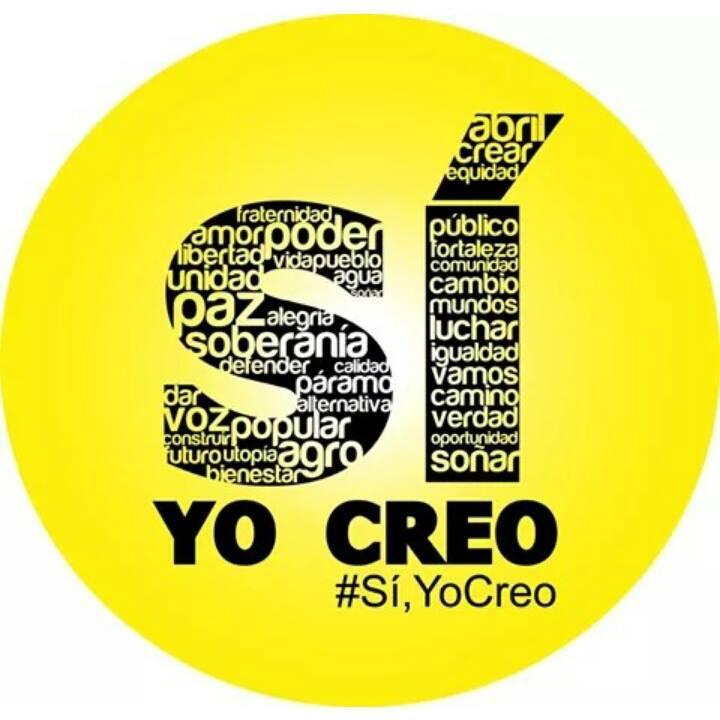

Identifying when you should use “creo que” is easy as counting one, two, three. She doesn’t think her brother will pass the test because he didn’t study hard enough. I don’t think that just changing your attitude can solve the problem.Įlla no cree que su hermano pase el examen porque no estudió lo suficiente. No creo que solo cambiando de actitud puedas resolver el problema. Sometimes, we can use “creo que” just to express our personal opinion even though we don’t know if what we say is true. We can use it when we talk about facts or when we have enough proofs to say something. The expression “creo que” shows you are pretty confident about what you’re saying.

He/She/It/You (formal) believes/ thinks that. The conjugations of “creer” in the present indicative tense are shown below: Verb conjugation If we want to build affirmative sentences, we have to conjugate “career” in the indicative mood. Since it comes from the verb “creer”, we can conjugate it in any Spanish tense.
Yo creo que how to#
Also, you’ll learn how to know when it’s the right time to use it. In this explanation, we will teach you how to use “creo que” in the affirmative and negative forms. Nonetheless, you must know a few things if you want to use this phrase properly. It comes from conjugating the Spanish verb “creer”. It’s the Spanish translation of “I think that…” and we use it in a similar way. “Creo que” is a Spanish expression we use to talk about our thoughts or say something we think is true.


 0 kommentar(er)
0 kommentar(er)
